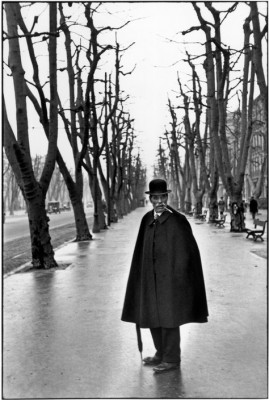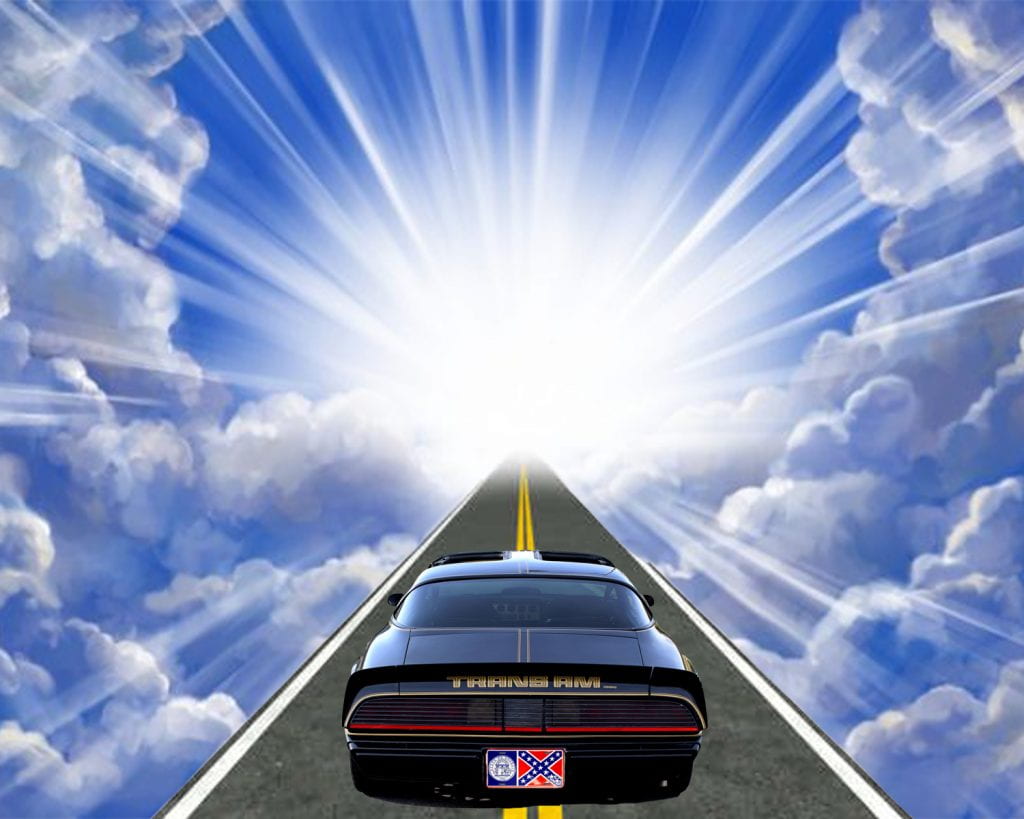
Monochrome


















When an image is captured in a digital camera, it is recorded as raw data. If the camera format is set to JPEG, this raw data is processed and compressed before it is saved in the JPEG format. If the camera format is set to raw, no processing is applied, and therefore the file stores more tonal and color data. With more data stored in the file, there is more processing flexibility than a JPEG can offer. Here’s a cooking analogy: a raw file contains the ingredients to make a specific meal that you can prep however you’d like, whereas a JPEG is that meal already cooked, and there is less flexibility in how you can modify it.
A JPEG, even one that is straight out of the camera, has already been “developed” by the camera’s image processor. Settings such as brightness, contrast, color saturation, and even sharpening may have already been applied. The look of a JPEG image can be changed in an image editing application, but since it is a compressed format designed to yield smaller file sizes, a lot of tonal and color data has been permanently discarded during the compression process. The result is a file with far fewer potential tonal values than would be possible in a raw file of the same scene. For some images, this difference can be critical.
JPG vs Raw is very important in picture quality and appearances depending what the picture about or the intentions of the picture.

Cameras have lots of modes and all have their own unique purpose.
Automatic Mode: Auto mode tells your camera to use it’s best judgement to select shutter speed, aperture, ISO, white balance, focus and flash to take the best shot that it can.
Portrait Mode: Portrait mode automatically select a large aperture which helps to keep your background out of focus
Macro Mode: Macro mode lets you move your closer into your subject to take a close up picture. It’s great for shooting flowers, insects or other small objects.
Landscape Mode: This mode is almost the exact opposite of portrait mode in that it sets the camera up with a small aperture to make sure as much of the scene you’re photographing will be in focus as possible. It’s therefore ideal for capturing shots of wide scenes, particularly those with points of interest at different distances from the camera.
Sports Mode: Photographing moving objects is what sports mode is designed for. It is ideal for photographing any moving objects including people playing sports, pets, cars, wildlife etc.
Night Mode: Night mode is for shooting in low light situations and sets your camera to use a longer shutter speed to help capture details of the background but it also fires off a flash to illuminate the foreground.
Movie Mode: This mode extends your digital camera from just capturing still images to capturing moving ones.
Aperture Priority Mode(A or AV): This mode is really a semi-automatic (or semi-manual) mode where you choose the aperture and where your camera chooses the other settings to ensure you have a well balanced exposure.
Shutter Priority Mode(S or TV): Shutter priority is very similar to aperture priority mode but is the mode where you select a shutter speed and the camera then chooses all of the other settings.
Program Mode: Program mode is similar to Auto but gives you a little more control over some other features including flash, white balance, ISO etc.
Manual Mode: In this mode you have full control over your camera and need to think about all settings including shutter speed, aperture, ISO, white balance, flash etc. It gives you the flexibility to set your shots up as you wish.







I believe this is a successful photograph because of the texture, color, patter, and angle. The texture looks nice because the stair pattern and the spiral design. The color is unique as it has brighter and darker colors included. Th texture is very focused on the spiral form of the stairs. The angle from above makes the stairs look cooler from another view point. What i like about the picture is the is the location, lighting, and the shadows that the light leaves.